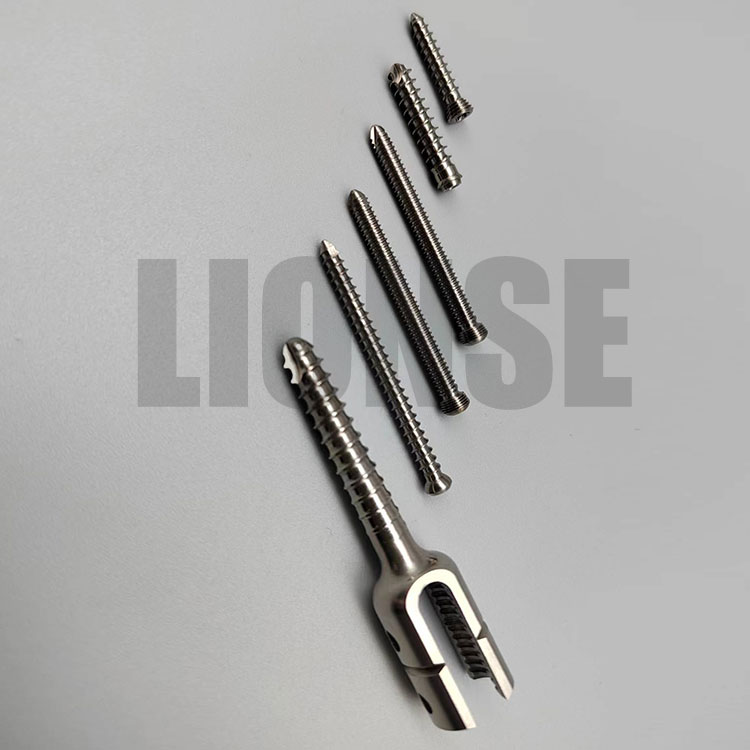

The lightweight characteristics of titanium machining parts are derived from the coordinated optimization of the intrinsic properties of the material and the engineering structure. The geometric structure of the part is completed by subtractive forming or additive manufacturing technology. Its matrix material is composed of titanium-based solid solution alloy, and elements such as aluminum and vanadium strengthen the lattice stability through the interstitial solid solution mechanism.

The density characteristics of titanium machining parts materials are the physical basis for weight reduction. The titanium alloy lattice spacing control technology reduces the mass-to-volume ratio by regulating the atomic stacking method. The strong metal bonds formed by the interaction of electron shells give the material high rigidity, allowing the thin-walled structure to maintain the deformation threshold under the same load. While the hot isostatic pressing process eliminates internal defects, the directional crystallization technology optimizes the grain orientation and improves the axial load-bearing efficiency.
The self-generated oxide film on the surface of titanium machining parts replaces the traditional protective coating system, effectively reducing the mass additional layer, and the gradient ceramic surface layer induced by the micro-arc oxidation technology achieves tribological performance improvement while maintaining the original dimensional accuracy.
Compared with conventional metal materials, the elastic modulus characteristics of titanium alloys in titanium machining parts allow for more sophisticated cross-sectional design, which reduces the mass under dynamic load by reducing the moment of inertia. The phase transformation strengthening mechanism reconstructs the dislocation movement path at the microscopic scale, allowing the material to maintain quality stability when subjected to alternating stress.